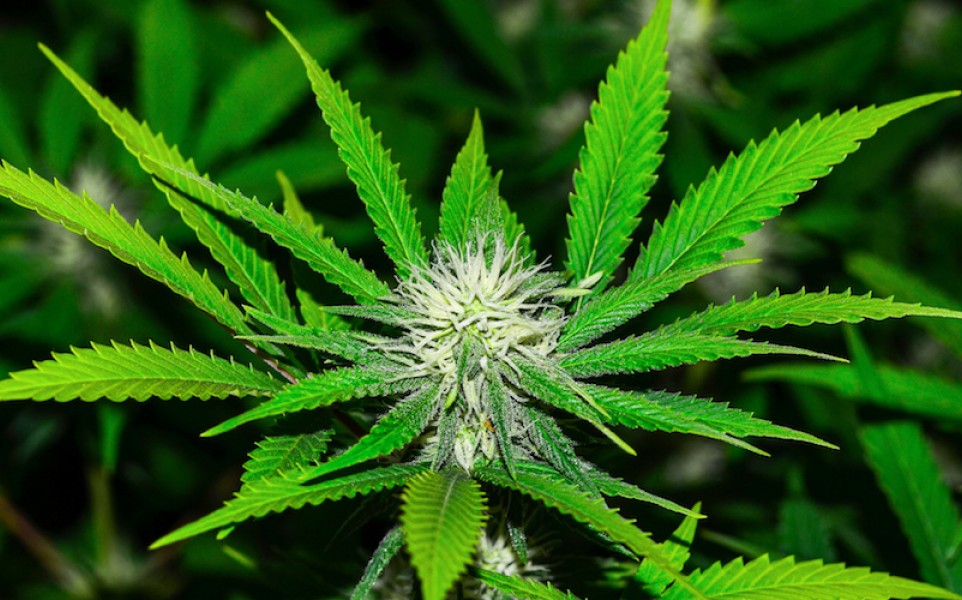According to new findings that were published in the journal Science Advances, East Asia may be a potential source of genetic diversity for the growing market for both recreational and medicinal marijuana.
Researchers sequenced and analyzed over 100 whole Cannabis sativa genomes and found that wild plants that gave rise to today’s psychoactive strains as well as the fibrous varieties used in textiles likely came from East Asia, or present-day China.
Their analysis also indicates that marijuana took its first steps toward domestication somewhere in China about 12,000 years ago.
“This was mostly based on the fact that in Central Asia, it’s very easy to find lots of feral plants growing on their own, even along roadways,” says Luca Fumagalli, an evolutionary biologist at the University of Lausanne in Switzerland and co-author of the study, speaking on how central Asia has been thought of as the home of marijuana’s ancestors.
“Observational and historical data have suggested this might have been the original domestication site for cannabis.”
The researchers sequenced 82 brand new genomes which they then combined with 28 genomes that were already publicly available.
“They harvested 12 million SNPs [single nucleotide polymorphisms] for analysis,” says John McPartland, a botanist and physician at the University of Vermont. McPartkland was not involved in the paper.
A SNP is a single location within a genome that differs compared to a reference genome, and SNPs can be sources of variation within a species.
Getting 12 million SNPs for cannabis is “astounding,” remarked McPartland, “previous studies were in the thousands.”
“We thought we would find two main lineages, one with plants for fiber use and then plants developed for cannabinoid production,” says Fumagalli. “We didn’t expect to find this third independent and basal lineage among the samples from East Asia.”
“These additional genomic data are a phenomenal resource that adds a huge amount to our existing knowledge,” says Nolan Kane, a plant geneticist at the University of Colorado who also wasn’t involved in the paper. “There really hadn’t been much in the way of publicly available sequences from many of the countries they sampled—I’ll certainly be downloading their data and reanalyzing it.”
“This paper fills in a big knowledge gap on a plant that was sort of ignored by research because of legal restrictions, which really speaks to the ascendancy of cannabis science,” he says, “it shows that serious research on cannabis isn’t off limits anymore.”



